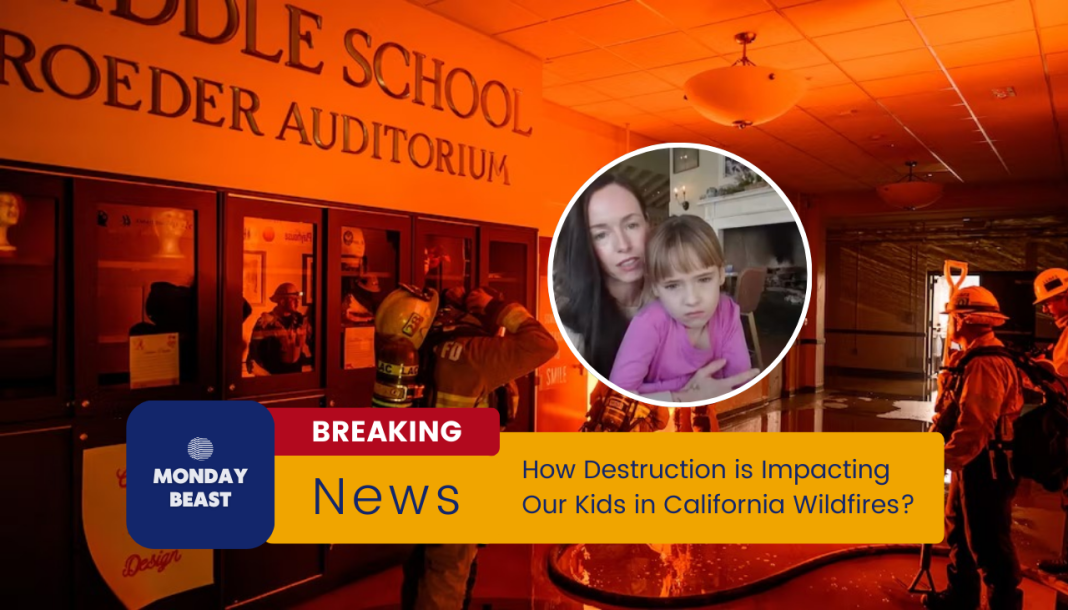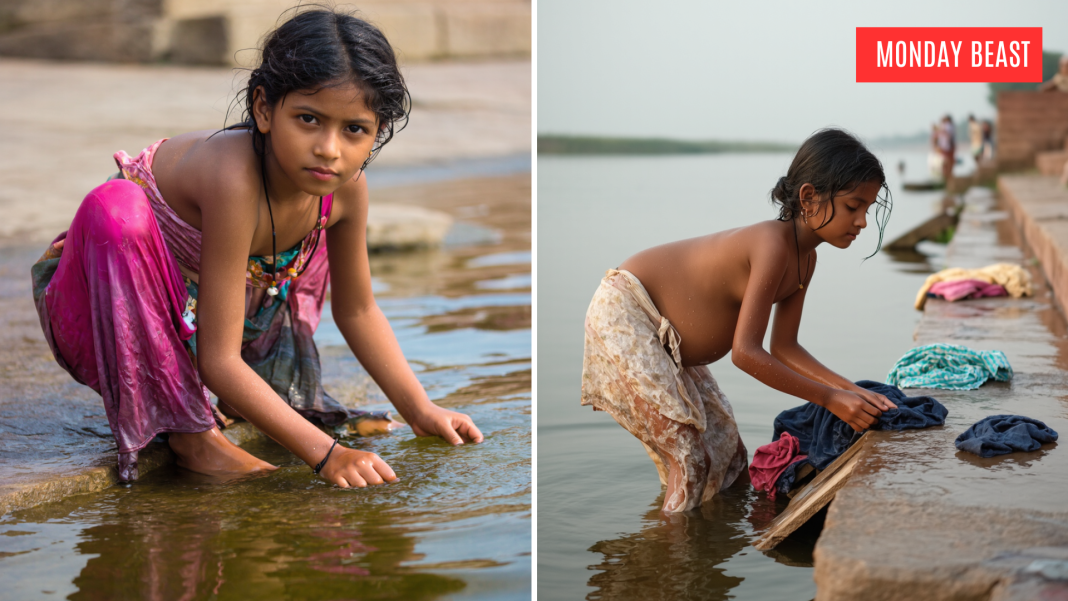In the heart of California, wildfires rage on. The flames devour everything in their path, leaving nothing but ash and smoke. How does this impact our children? The devastating consequences are profound and far-reaching.
Imagine being 11 years old and watching your life burn. Lillian Davies faced this terrifying reality on Tuesday. She and her mother, Julie, were viewing a house in Pacific Palisades when chaos erupted. An alarm blared. Evacuate! They scrambled to their car, unsure of what lay ahead.
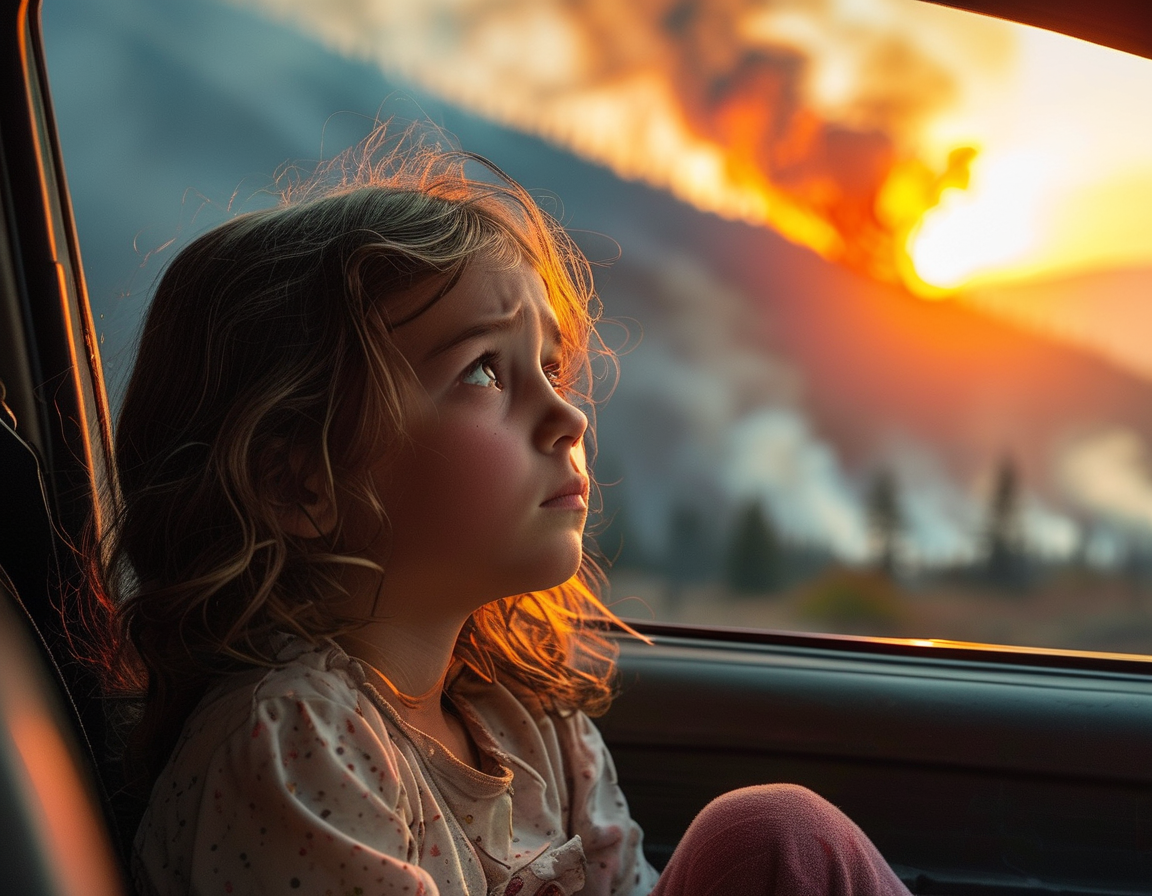
“Look at the red sun,” Lillian said, filming the alarming scene. “We’re driving into the fire.” Her words reflect the confusion and fear of so many kids affected by this disaster. Powerful flames and a darkened sky have altered their worlds overnight.
For many children, this isn’t just about losing structures. It’s about losing their sense of safety. Over 300 schools closed their doors, leaving students adrift. The Los Angeles School District’s Superintendent, Alberto Carvalho, emphasized the importance of air quality, stating, “Our highest priority is to protect our workforce, our students, and their families.”
But how do we help these kids? School closures mean disruption in learning. No classrooms to go to, no friends to meet. Lillian wonders if her friends’ homes still stand. What about their favorite school spots? Children are left in limbo, and their hearts ache with uncertainty. This isn’t just property being lost; it’s memories.
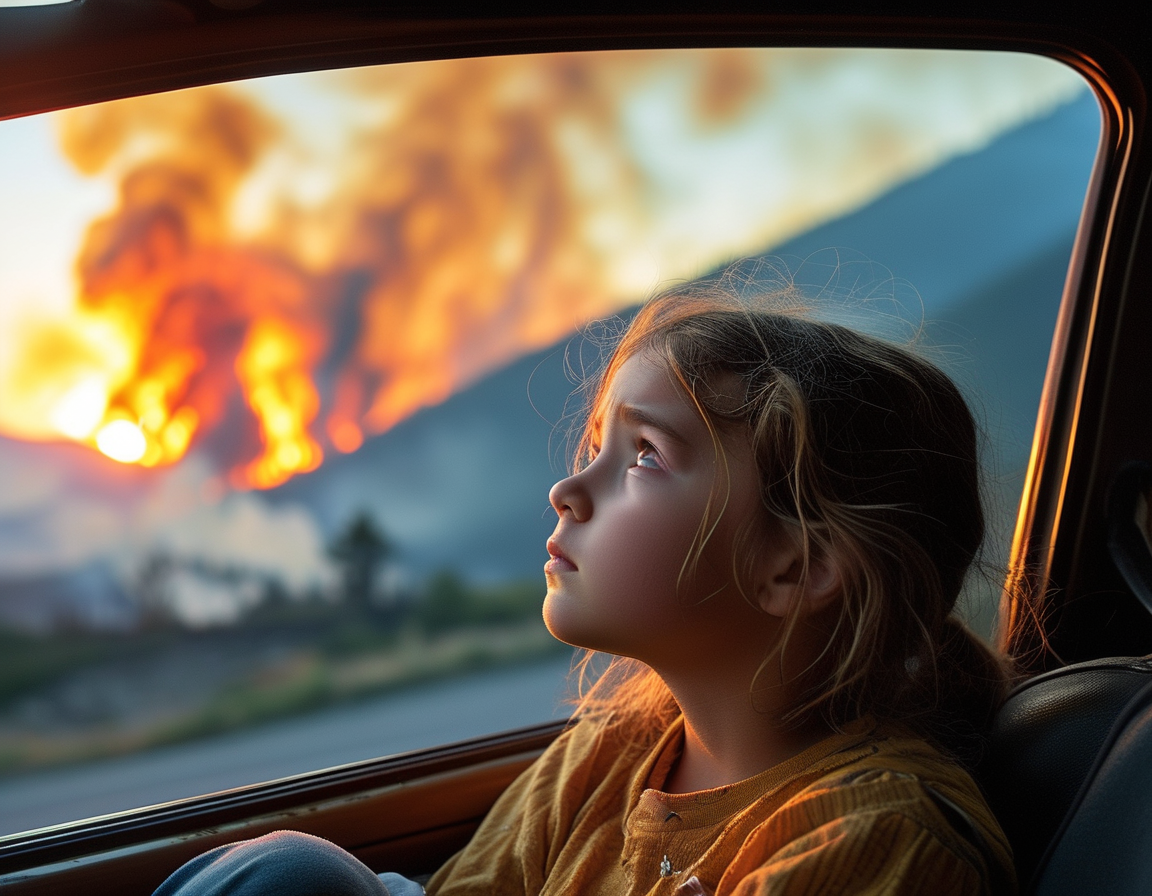
Then there’s the overwhelming emotional impact. For Lillian, her childhood home has already been reduced to rubble. Julie Davies must comfort her daughter while grappling with her loss. “It was really scary,” Lillian admitted. The fear that comes with losing everything can haunt a child long after the flames are extinguished.
As schools remain closed, what resources are in place for these families? Carvalho shared plans for short-term housing and community assistance. But is that enough? Families like actress Heather Lawless’s face a future full of questions. With three daughters to care for, she worries. “We’re trying to make normalcy amid the chaos,” she said. But can normalcy truly exist in the aftermath of such devastation?
Support networks are crucial. Caring adults can make a difference. Kids affected by disasters like this need safe spaces to share their feelings. They need to see that their grief is understood. Schools often play a critical role in providing that sanctuary. When they’re gone, where do our children turn?
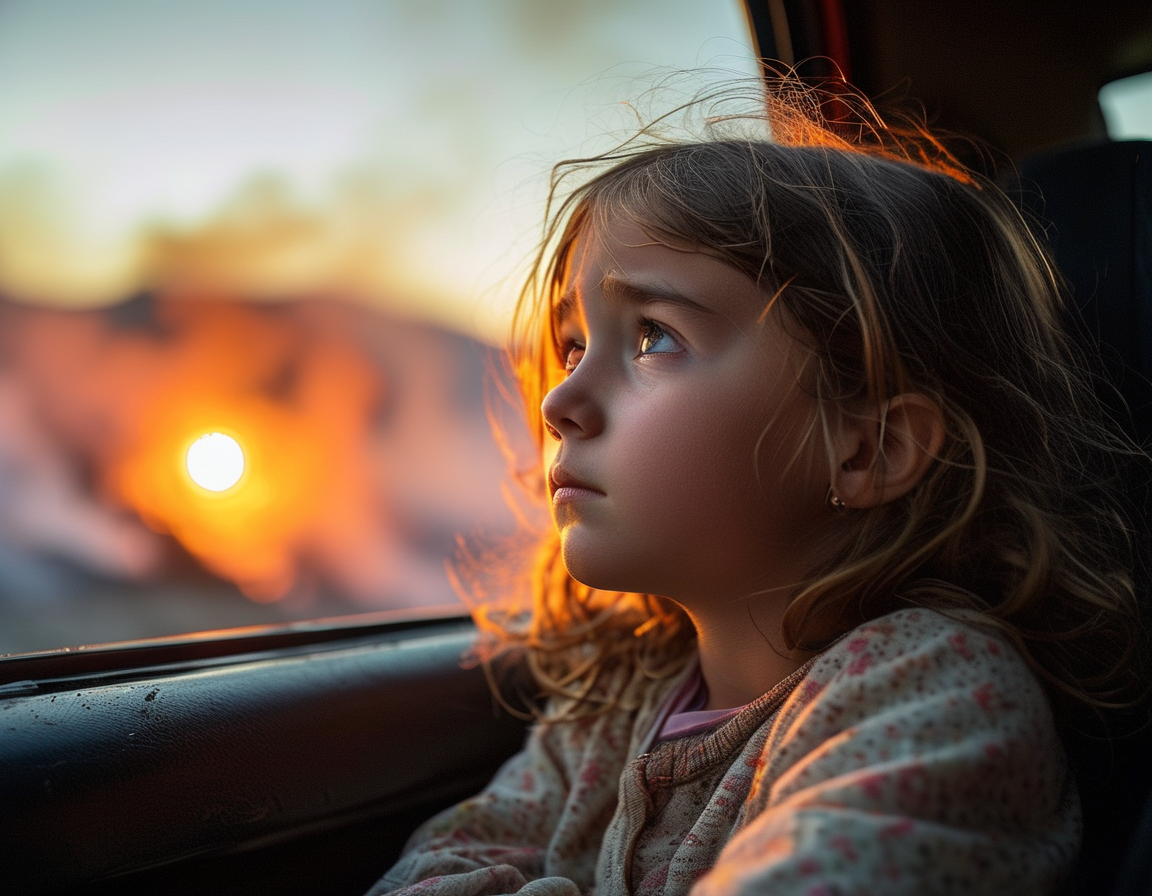
Parents and guardians find themselves in a tough position too. How do you converse with a child who’s scared? Julie Davies made it simple: “Keep praying.” It’s a move that resonates with countless families. Holding onto faith, hope, and love becomes essential when everything else feels lost.
As recovery efforts ramp up, there should be a focus not just on rebuilding structures. Social and emotional support must take priority. Children are already experiencing trauma. Let’s not overlook their need for healing as we plan for the future.
Ultimately, this crisis reveals the fragility of community. Those who have lost their homes are not just statistics. They are people with stories and dreams. How do we ensure that these dreams aren’t just lost in the ashes? We must come together.
In facing the wildfires, we have the chance to support our communities and our children. Let’s make sure they know they are not alone. Let’s help them rebuild their sense of belonging amidst the ruin.

